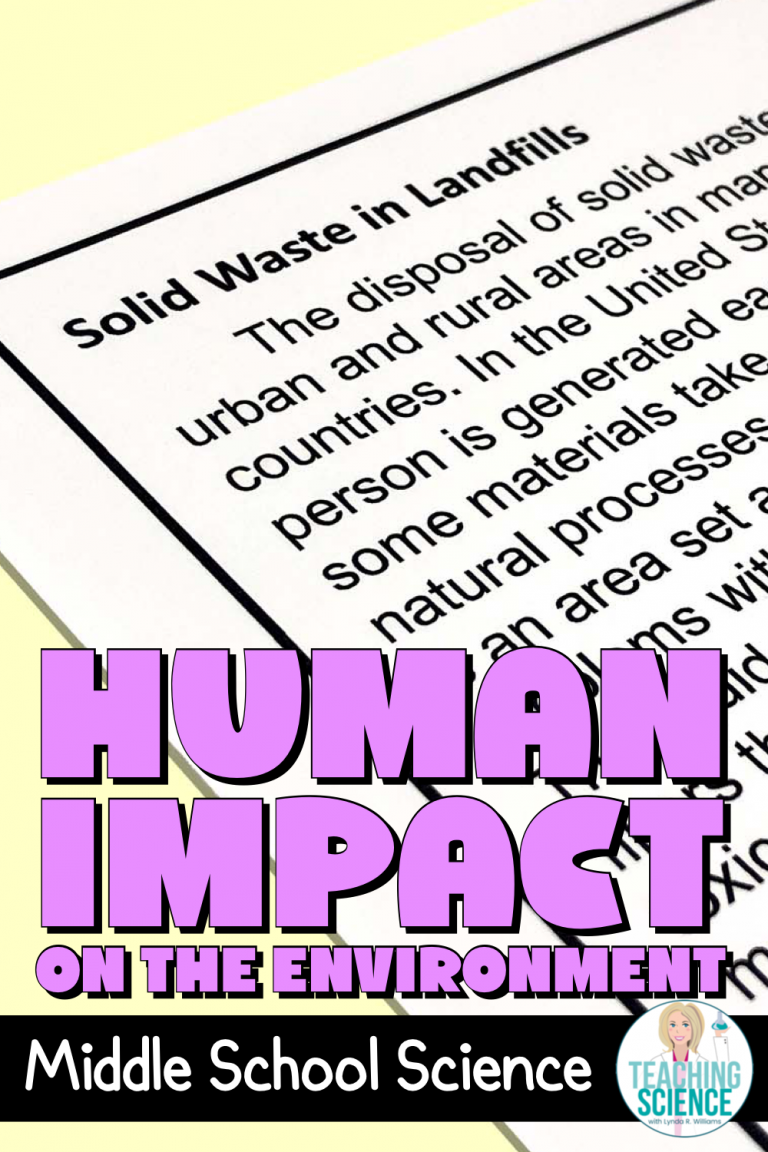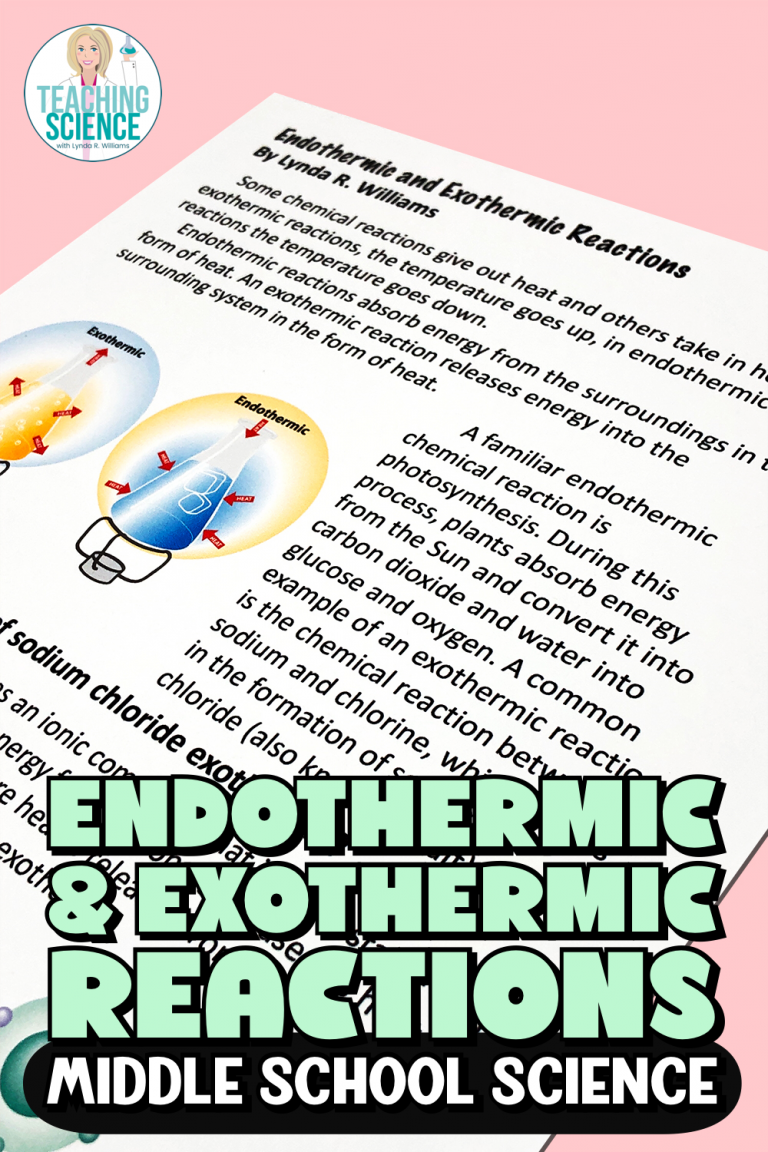Learning science can sometimes feel daunting due to the complexity and breadth of the subject. However, an interactive and collaborative approach to reviewing science concepts can make this process more engaging and effective.
One such method is the Inner and Outer Circles technique. This dynamic activity not only reinforces learning but also encourages communication and critical thinking among students. Let’s explore how to effectively implement this strategy and enhance your understanding of science concepts.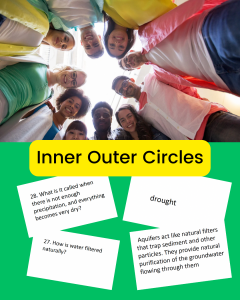
What Are Inner and Outer Circles?
The Inner and Outer Circles technique is a collaborative learning strategy where students are divided into two groups. One group forms an inner circle, and the other group forms an outer circle around them. The students in the inner circle face outwards, while those in the outer circle face inwards, creating pairs with those directly opposite.
This setup facilitates a structured yet flexible discussion environment where students take turns discussing concepts, asking questions, and providing feedback. This method is particularly useful for reviewing science concepts as it allows for peer teaching and learning, reinforcing knowledge through dialogue.
Setting Up Inner and Outer Circles
Step 1: Preparation
Before diving into the activity, determine the science concepts you wish to review. This could range from cellular biology to Newton’s laws of motion, depending on the curriculum and the level of understanding required. Prepare a list of questions or prompts related to these concepts. Ensure that these questions challenge critical thinking and require more than simple recall.
Step 2: Forming the Circles
Divide the class into two groups of equal size. Have one group form an inner circle and the other group form an outer circle. Each student in the inner circle should be paired with a student in the outer circle, creating a conversational pair.
Step 3: Conducting the Discussion
Provide each pair with a question or prompt from your prepared list. Allow them a set amount of time, say 3-5 minutes, to discuss the question. Encourage students to explain their understanding of the concept and to ask questions if they are unsure.
After the time is up, have the outer circle rotate so that each student has a new partner. Present a new question or prompt and repeat the discussion process. Continue this rotation until each student has engaged with multiple partners and concepts.
Examples of Inner and Outer Circles in Action
Example 1: Exploring Photosynthesis
Imagine you are reviewing the process of photosynthesis with a high school biology class. You could use the following prompts for the inner and outer circles activity:
-
- Explain the overall equation for photosynthesis.
- Discuss the role of chlorophyll in photosynthesis.
- What are the differences between the light-dependent and light-independent reactions?
- Why is photosynthesis vital for life on Earth?
As students rotate and discuss, they reinforce their understanding by explaining these concepts to their peers. They also benefit from hearing different perspectives and explanations, which can deepen their comprehension.
Example 2: Understanding Newton’s Laws of Motion
For a physics class, reviewing Newton’s laws of motion could be made interactive with this technique. Use prompts like:
-
- Describe Newton’s First Law and provide a real-world example.
- How does Newton’s Second Law relate to the formula F=ma?
- What is inertia and how does it affect motion?
- Explain how Newton’s Third Law applies when you jump off a boat onto a dock.
Through this activity, students not only recall the laws but also apply them to real-world scenarios, enhancing their ability to understand and predict physical phenomena.
Science Review Benefits of Using Inner and Outer Circles
Encourages Active Participation
The interactive nature of this technique ensures that all students are actively involved in the learning process. Every student gets the opportunity to speak, listen, and engage with the material, reducing the chances of passive learning.
Enhances Communication Skills
Discussing concepts with peers helps students articulate their thoughts clearly and confidently. It also fosters listening skills as students need to understand their partner’s perspective to provide meaningful feedback.
Promotes Critical Thinking
By rotating partners and perspectives, students are exposed to various interpretations and understandings of a concept. This diversity of thought encourages them to analyze and evaluate information critically, promoting a deeper understanding.
Builds Confidence
As students explain concepts to their peers, they gain confidence in their knowledge and ability to communicate complex ideas. This boost in confidence can lead to improved academic performance and a greater interest in the subject matter.

Tips for Successful Implementation
-
- Set Clear Expectations: Explain the purpose and rules of the activity clearly to the students. Ensure they understand the importance of respectful and constructive communication.
-
- Monitor Progress: Circulate around the room to listen to discussions, provide guidance, and ensure that students remain on task.
- Debrief: After the activity, conduct a class discussion to address any lingering questions and to reinforce key concepts. This provides an opportunity for reflection and further clarification.
Incorporating the Inner and Outer Circles technique into your science curriculum can transform the way students engage with material, making learning both enjoyable and effective. By actively participating in discussions, students can solidify their understanding and develop the skills necessary for success in science and beyond.
Do you want a set of these cards where someone else has done all the work for you?
Check out my Guided Notes and Review Activities for 5th Grade

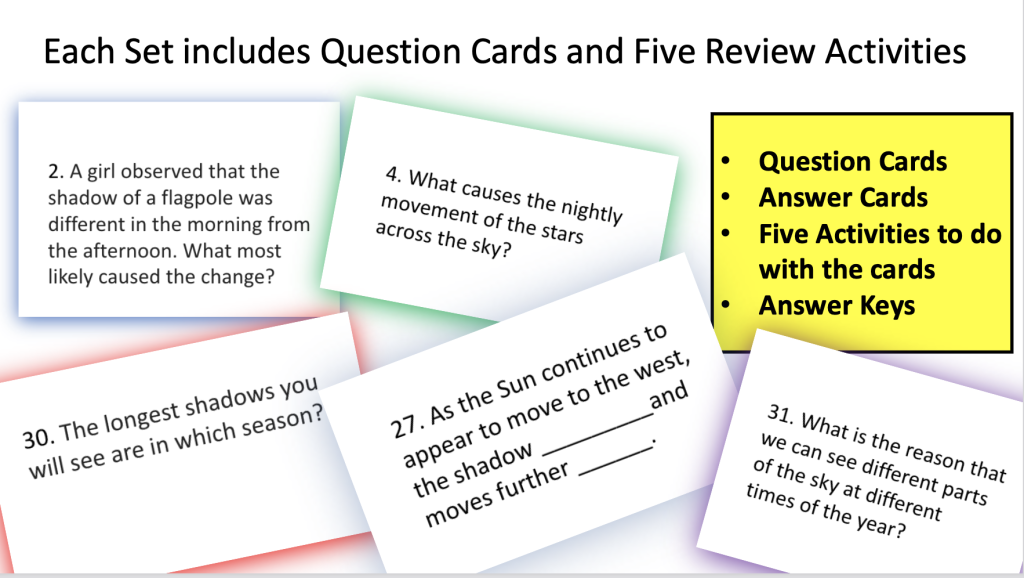
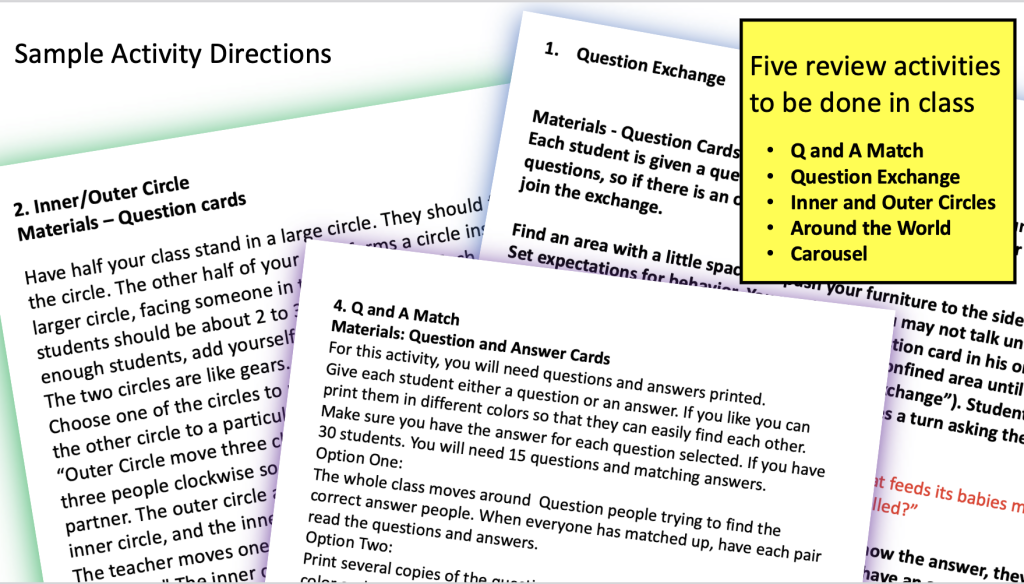
Thank you for reading! Please try inner and outer circles for science review!

